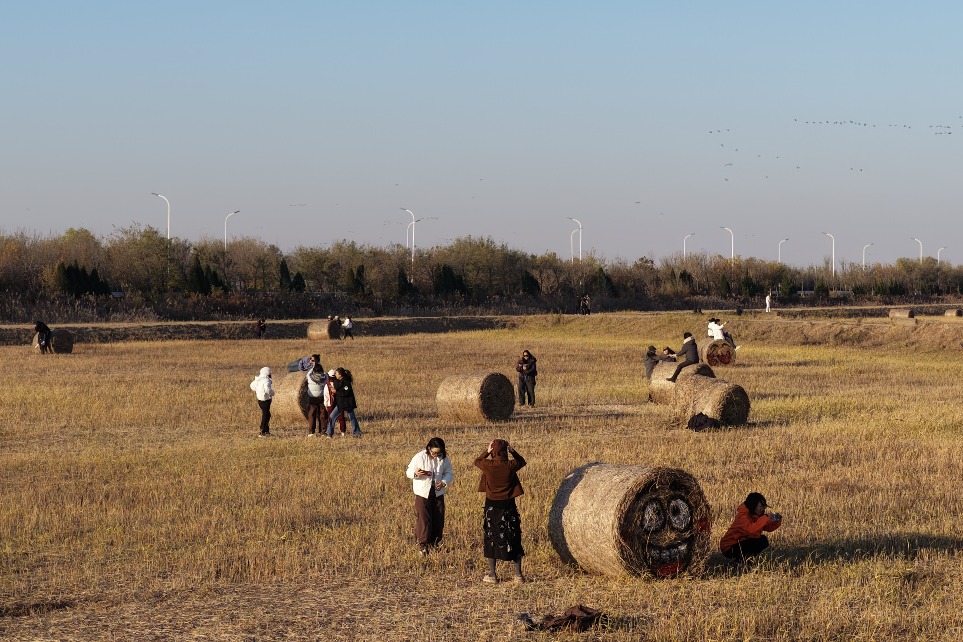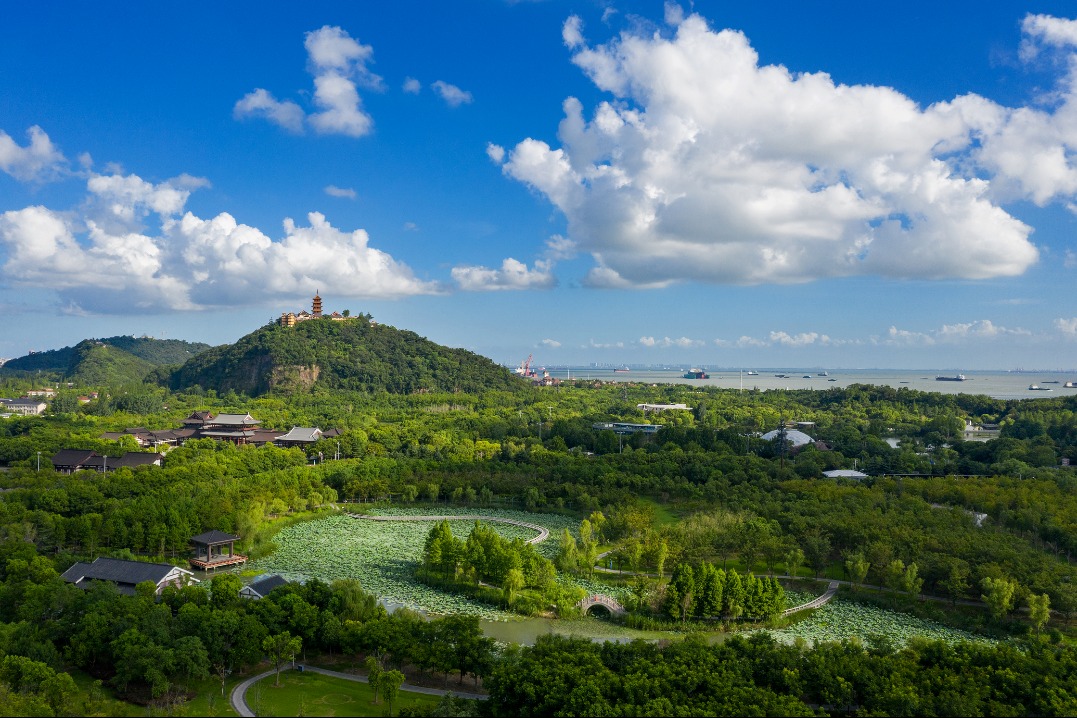China-backed project set to power Uganda
By NELSON KIVA in Kampala, Uganda | CHINA DAILY | Updated: 2023-03-22 07:02

Commissioning of dam paves way for ensuring steady energy supply to locals
The successful commissioning of the dam, a part of Uganda's biggest hydroelectric project, has paved the way for ensuring a steady supply of power to millions of people across the country.
The 600-megawatt Karuma Dam, a part of the Karuma Hydroelectric Power Station, built across River Nile in Kiryandongo district, 270 kilometers west of the capital Kampala, is backed by China. At full capacity, the dam is expected to raise Uganda's power generation capacity to nearly 1,900 MW.
"The project has reached the testing and commissioning phase. The testing on the first of six turbines was successful," Albert Musoke, the project manager, said in mid-March.
The exercise will continue for a few more weeks, said Musoke, and it is intended to confirm the performance of civil, hydromechanical and electromechanical components to generate electricity reliably and optimally.
"The wet testing without grid connection has shown positive results for turbine unit 1. The project is now in the final stages. The final work, such as construction and fitting on the power station is underway," he said, adding that transmission and distribution of electricity will start within a few weeks of successful testing.
The $1.7-billion project is funded to the tune of 85 percent by the EXIM Bank of China and 15 percent by the government of Uganda.
Sinohydro Corporation Limited, a Chinese State-owned company, is the engineering and procurement contractor for the project.
Ugandans have been waiting since 2013 for the project, which is expected to power homes, industries, schools, as well as critical institutions such as hospitals.
'National treasure'
"The project will bring big opportunities for Uganda, it is a game-changer and a national treasure. It is critical to our economy and industrialization. No country has developed without affordable power," Don Wanyama, the head of the Vision Group, a media corporation, said.
The project also includes the construction of three high-voltage transmission lines, currently in the completion phase.
The dam is expected to address the problem of constant power fluctuations in most parts of Northern Uganda and West Nile with a combined population of over 7 million people who have suffered greatly due to unstable power supply.
According to Enock Kusasira, the head of communications and corporate affairs at Uganda's Electricity Generation Company, the project's benefits are "already visible".
Kusasira said more than 7,000 people have been employed for the project, of whom 90 percent are Ugandans. They include skilled, semi-skilled and unskilled workers.
He added that local suppliers were hired for fueling, waste management, catering services and cleaning.
Even the construction materials, such as cement, steel, among others, were sourced locally, Kusasira said.
"In the coming years, the consumption of electricity in Uganda is expected to increase with many factories being established, the launch of Standard Gauge Railway and electric vehicles," Ruth Nankabirwa, the country's energy minister, said, adding that the number of domestic users will also see an increase.
According to Uganda's National Planning Authority, the country's access to electricity stands at 28 percent, well below sub-Saharan Africa's average of 42 percent.
The writer is a freelance journalist for China Daily.
























